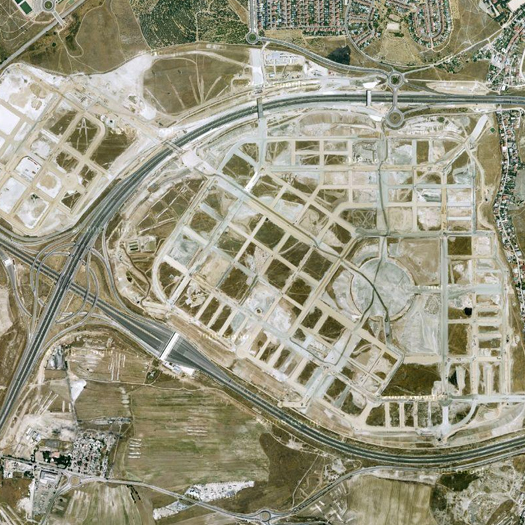
[Suburban abandonia on the outskirts of Madrid, via google maps.]
During the presentations at Visualizar last summer, one of the presenters (I think it was José Luis Muñoz Muñoz, but I haven’t re-watched his presentation, so I’m not totally sure) mentioned a photography project that sought to document the post-bubble abandonment of parts of the suburban fringe of Madrid. I’m not certain what project that was (clearly, I took very bad notes), but I’ve since run across two that document roughly that same landscape, one from the always-stimulating blog deconcrete and the other in Quaderns. Given my interest in tracing the landscapes of financialization (and, of course, the role of financialization in fueling rampant development), I thought it’d be worth linking to those two projects.

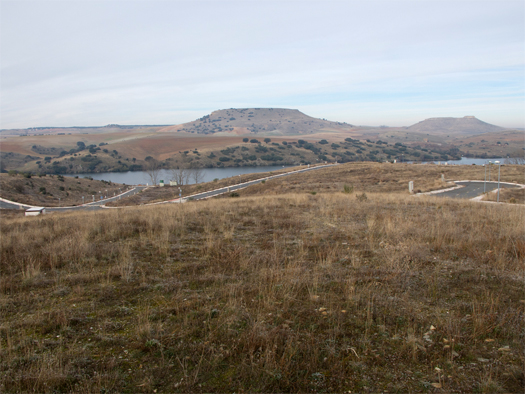
[Photographs from Julia Schulz-Dornberg’s “Modern ruins, a profitable topography; visit the gallery at Quaderns for additional images.]
The first, Julia Schulz-Dornberg’s “Modern ruins, a profitable topography”, is described as “a photographic inventory of abandoned speculative construction in Spain”. Schulz-Dornberg’s argument that these developments constitute a “profitscape”, or a constructed landscape whose primary intended characteristic was its capacity to transform land into a standardized commodity, reminds me of mammoth‘s own ruminations on the American suburban home as a machine for generating wealth — in both cases, the apparently aberrant physical characteristics of the designed object in question are made readily understandable by reading the object as a financial instrument first and a shelter/neighborhood second.
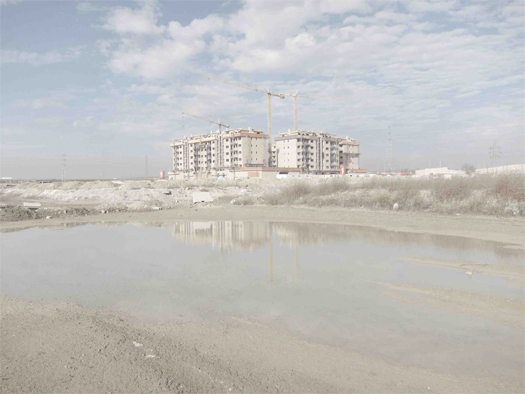
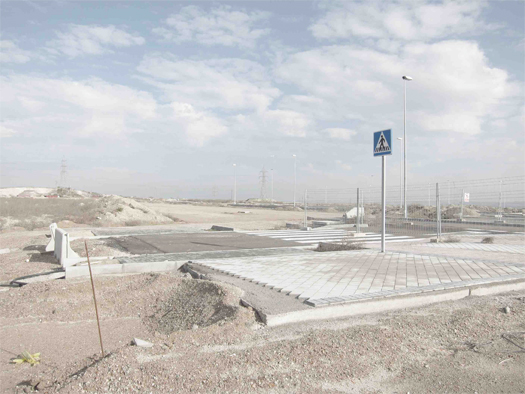
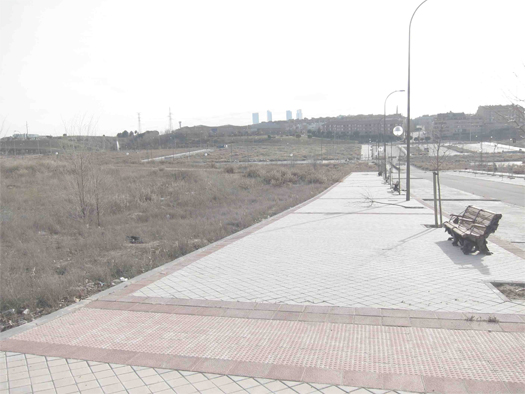
[Photographs from Daniel Fernández Pascual and Luis Galán García’s “A Road Trip through Madrid’s Bubble Challenge”.]
The second is “A Road Trip through Madrid’s Bubble Challenge”, from deconcrete‘s Daniel Fernández Pascual and Luis Galán García. It is concerned with the immediate environs of Madrid, where some forty-seven thousand apartments wait for buyers (or, were waiting in 2009) while “hundreds of kilometres of perfectly paved streets run between eerie blocks, waiting for… construction”. Intriguingly, they speculate that these abandoned bubble landscapes might, at least for some time, function as de facto wilderness parks — perhaps a bit like Sterling’s involuntary parks, but with collapsed credit systems in the place of razor wire and mines.


[…] (+info) […]
wow. looks identical to portions of CA’s inland empire or central valley.